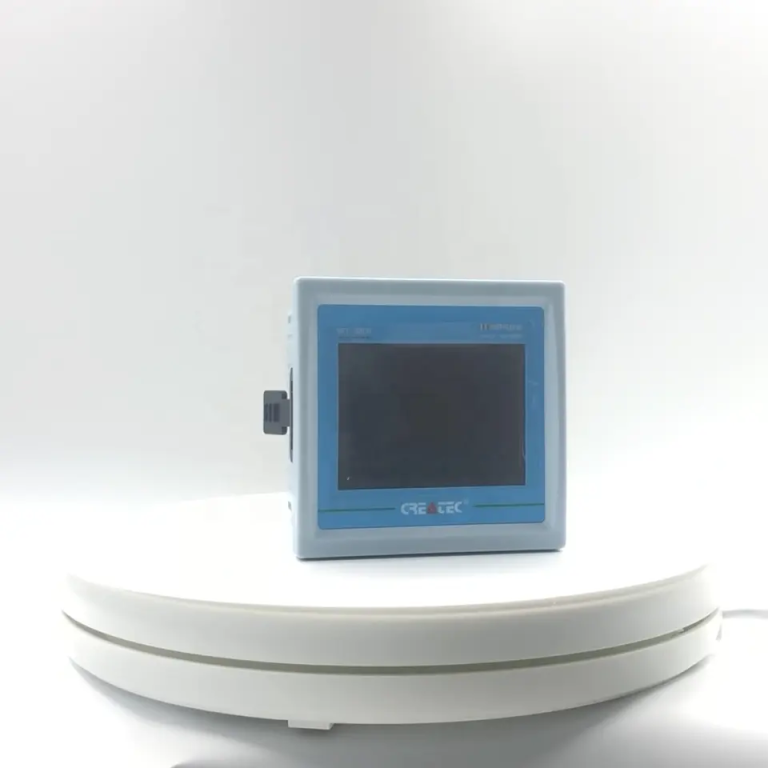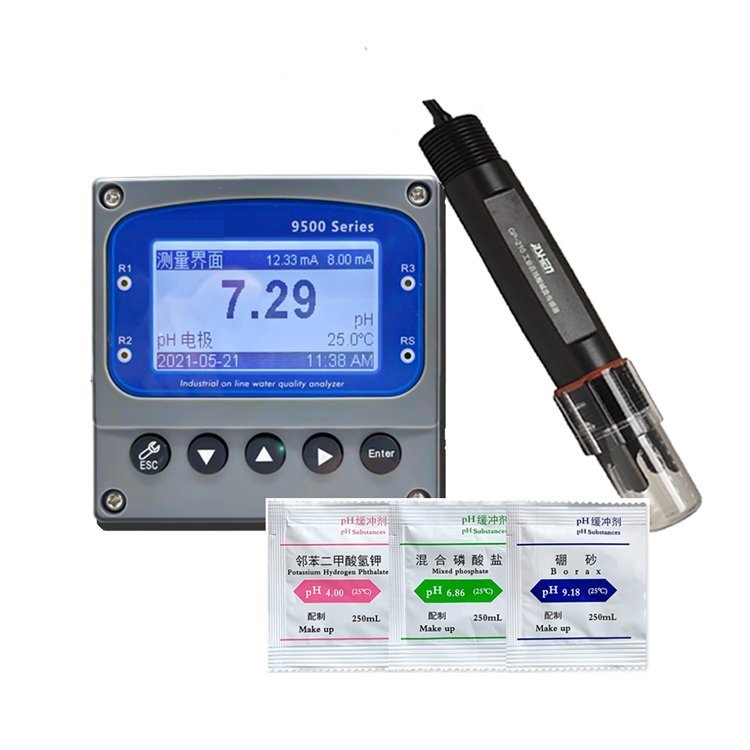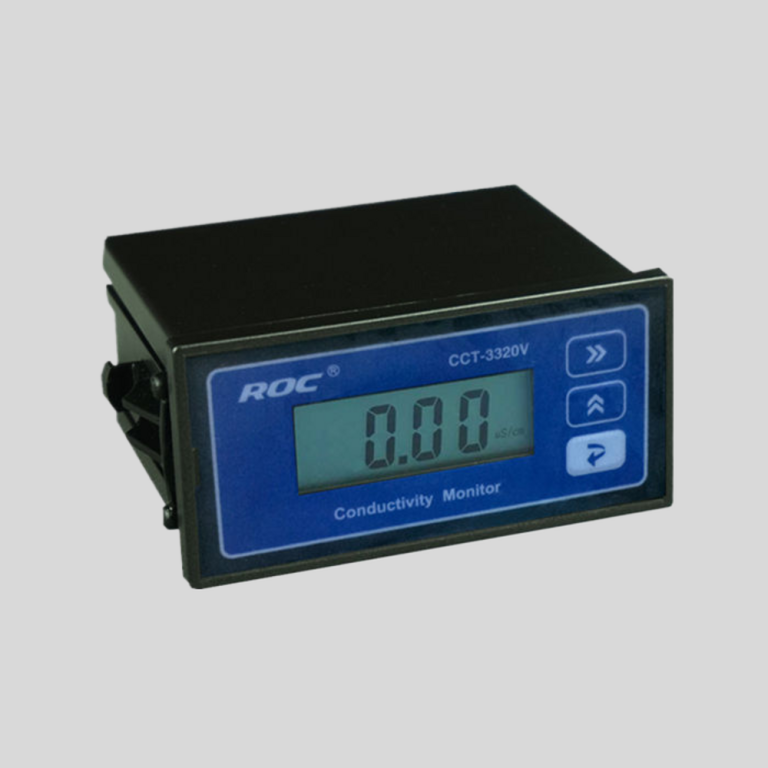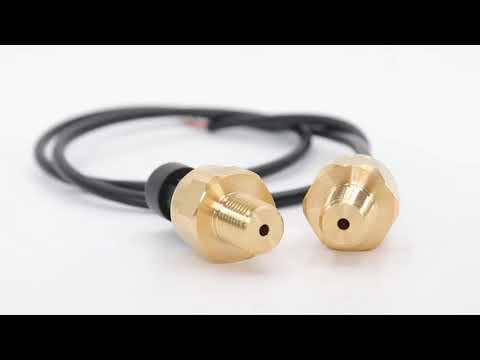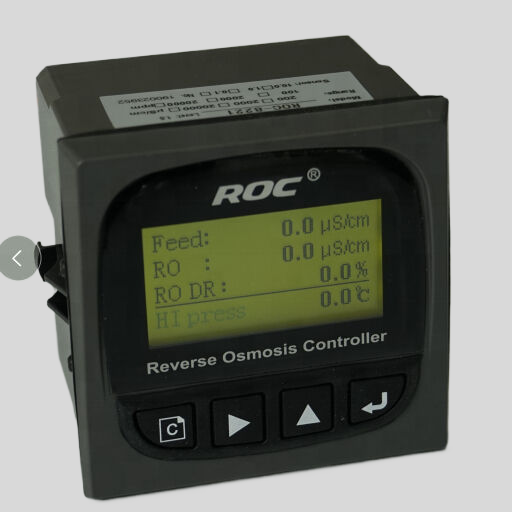Table of Contents
Factors Affecting dissolved oxygen meter Accuracy
dissolved oxygen meters are essential tools used in various industries, including environmental monitoring, aquaculture, and wastewater treatment. These meters measure the amount of oxygen dissolved in water, providing valuable information about water quality and the health of aquatic ecosystems. However, the accuracy of dissolved oxygen meters can be influenced by several factors, which must be carefully considered to ensure reliable and precise measurements.
One of the primary factors affecting the accuracy of dissolved oxygen meters is temperature. The solubility of oxygen in water is highly dependent on temperature, with higher temperatures leading to lower oxygen solubility. Most dissolved oxygen meters are equipped with temperature compensation features to account for this effect. However, variations in temperature can still impact the accuracy of measurements, especially in environments with rapidly changing temperatures. It is essential to calibrate dissolved oxygen meters regularly and ensure that temperature compensation settings are properly adjusted to minimize errors caused by temperature fluctuations.
Another critical factor that can affect the accuracy of dissolved oxygen meters is salinity. The presence of salts in water can alter the solubility of oxygen, leading to discrepancies in measurements. Some dissolved oxygen meters are designed to compensate for changes in salinity, but it is essential to calibrate the meter according to the specific salinity levels of the water being tested. Failure to account for salinity variations can result in inaccurate readings and misinterpretation of water quality data.
| Model | CCT-8301A Conductivity/Resistivity/TDS/TEMP Online Controller |
| Constant | 0.01cm-1, 0.1 cm-1, 1.0cm-1, 10.0 cm-1 |
| Conductivity | (500~100,000)uS/cm,(1~10,000)uS/cm, (0.5~200)uS/cm, (0.05~18.25) MΩ·cm |
| TDS | (250~50,000)ppm, (0.5~5,000)ppm, (0.25~100)ppm |
| Medium Temp. | (0~180)°C(Temp.Compensation: Pt1000) |
| Resolution | Conductivity: 0.01uS/cm, 0.01mS/cm; Resistivity: 0.01MΩ·cm; TDS:0.01ppm, Temp.: 0.1℃ |
| Accuracy | Conductivity: 1.5%(FS), Resistivity:2.0%(FS), TDS: 1.5%(FS), Temp.: +/-0.5℃ |
| Temp. compensation | With25°C as standard under normal medium; With 90C as standard under high temp medium |
| Communication port | RS485 Modbus RTU protocol |
| Analog output | Double channel (4~20)mA. Instrument/Transmitter for selection |
| Control Output | Triple channels photo-electronic semiconductor relay switch, Load capacity: AC/DC 30V,50mA(max) |
| Working Environment | Temp.(0~50)℃; relative humidity <95%RH (non-condensing) |
| Storage Environment | Temp.(-20~60)℃;Relative Humidity ≤85%RH (none condensation) |
| Power Supply | DC24V+/-15% |
| Protection Level | IP65 (with the back cover) |
| Dimension | 96mmx96mmx94mm(HxWxD) |
| Hole Size | 9lmmx91mm(HxW) |
In addition to temperature and salinity, other factors such as pressure, pH, and the presence of contaminants can also impact the accuracy of dissolved oxygen meters. High pressures, for example, can affect the performance of sensors and lead to errors in measurements. Similarly, extreme pH levels or the presence of substances that react with oxygen can interfere with the functioning of dissolved oxygen meters. It is crucial to consider these factors when using dissolved oxygen meters in different environments and to take appropriate measures to minimize their impact on accuracy.
Regular maintenance and calibration of dissolved oxygen meters are essential to ensure accurate and reliable measurements. Calibration involves comparing the readings of the meter with known standards and making adjustments as necessary to correct any deviations. Proper maintenance, such as cleaning sensors and replacing worn-out parts, can also help improve the accuracy and longevity of dissolved oxygen meters. It is recommended to follow the manufacturer’s guidelines for calibration and maintenance to ensure optimal performance of the meter.
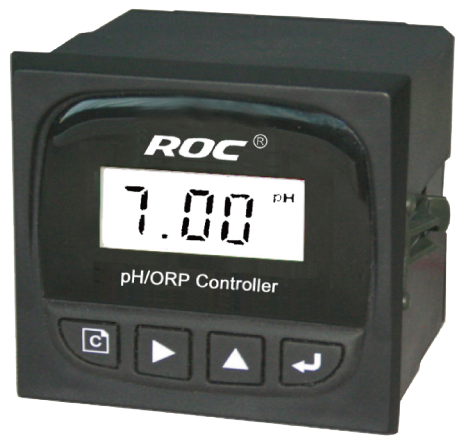
In conclusion, the accuracy of dissolved oxygen meters can be influenced by various factors, including temperature, salinity, pressure, pH, and contaminants. It is essential to consider these factors when using dissolved oxygen meters and to take appropriate measures to minimize their impact on accuracy. Regular calibration and maintenance of dissolved oxygen meters are crucial to ensure reliable and precise measurements. By understanding the factors that affect dissolved oxygen meter accuracy and taking proactive steps to address them, users can obtain accurate and meaningful data about water quality and the health of aquatic ecosystems.
Importance of Regular Calibration for dissolved oxygen meters
dissolved oxygen meters are essential tools used in various industries, including environmental monitoring, aquaculture, and wastewater treatment. These meters measure the amount of oxygen dissolved in water, which is crucial for the survival of aquatic organisms and the overall health of aquatic ecosystems. However, to ensure accurate and reliable measurements, it is important to regularly calibrate dissolved oxygen meters.
Calibration is the process of adjusting the readings of a meter to match a known standard or reference value. This is necessary because over time, the accuracy of a dissolved oxygen meter can drift due to factors such as sensor degradation, temperature fluctuations, and exposure to contaminants. Without regular calibration, the readings provided by the meter may become increasingly inaccurate, leading to incorrect data interpretation and potentially costly errors.
| Model | pH/ORP-1800 pH/orp meter |
| Range | 0-14 pH; -1600 – +1600mV |
| Accuracy | ±0.1pH; ±2mV |
| Temp. Comp. | Manual/Automatic temperature compensation; No Comp. |
| Oper. Temp. | Normal 0~50℃; High temp 0~100℃ |
| Sensor | pH double/triple sensor; ORP sensor |
| Display | 128*64 LCD Screen |
| Communication | 4-20mA output/RS485 |
| Output | High/Low limit dual relay control |
| Power | AC 220V±10% 50/60Hz or AC 110V±10% 50/60Hz or DC24V/0.5A |
| Working Environment | Ambient temperature:0~50℃ |
| Relative humidity≤85% | |
| Dimensions | 96×96×100mm(H×W×L) |
| Hole Size | 92×92mm(H×W) |
| Installation Mode | Embedded |
One of the main reasons why regular calibration is important for dissolved oxygen meters is to ensure the accuracy of the measurements. Even small deviations in the readings can have significant implications, especially in critical applications such as aquaculture or environmental monitoring. By calibrating the meter at regular intervals, users can verify its accuracy and make any necessary adjustments to ensure that the readings are reliable.
In addition to accuracy, regular calibration also helps to maintain the precision of the meter. Precision refers to the ability of the meter to provide consistent and repeatable measurements. Over time, factors such as sensor drift and environmental conditions can affect the precision of the meter, leading to variability in the readings. By calibrating the meter regularly, users can identify and correct any sources of variability, ensuring that the measurements are consistent and reliable.
Another important reason for regular calibration is to comply with industry standards and regulations. Many industries, such as wastewater treatment and aquaculture, are required to adhere to specific guidelines regarding dissolved oxygen levels in water. Regular calibration of dissolved oxygen meters is often a requirement to demonstrate compliance with these standards and ensure the accuracy of the data being collected.
Furthermore, regular calibration can help to extend the lifespan of the meter and prevent costly repairs or replacements. By identifying and addressing any issues early on, users can prevent further damage to the meter and ensure that it continues to provide accurate and reliable measurements for years to come. Additionally, regular calibration can help to identify any potential problems with the meter before they escalate, saving time and money in the long run.
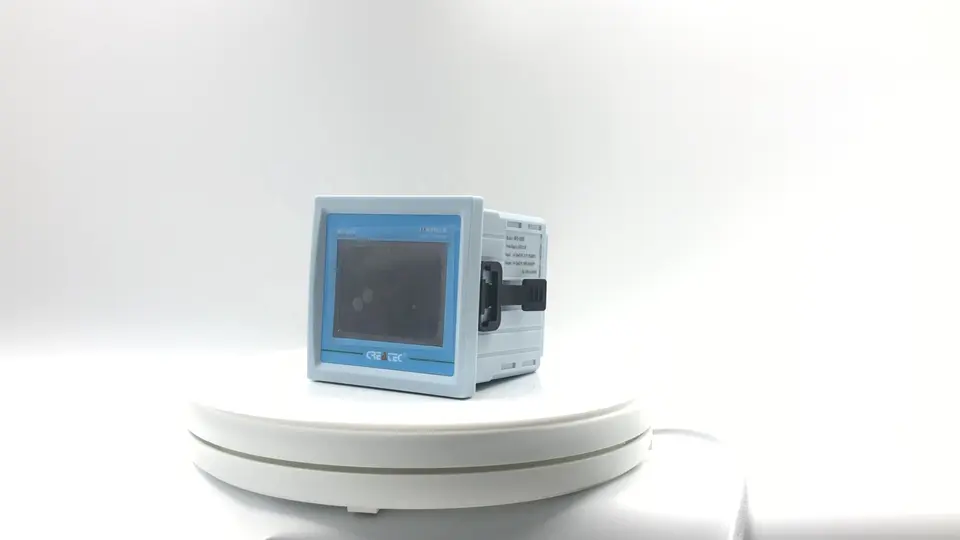
In conclusion, regular calibration is essential for maintaining the accuracy, precision, and reliability of dissolved oxygen meters. By calibrating the meter at regular intervals, users can ensure that the readings are accurate, consistent, and compliant with industry standards. Additionally, regular calibration can help to extend the lifespan of the meter and prevent costly repairs or replacements. Overall, investing in regular calibration is a small price to pay for the peace of mind that comes with knowing that your dissolved oxygen meter is providing accurate and reliable measurements.

